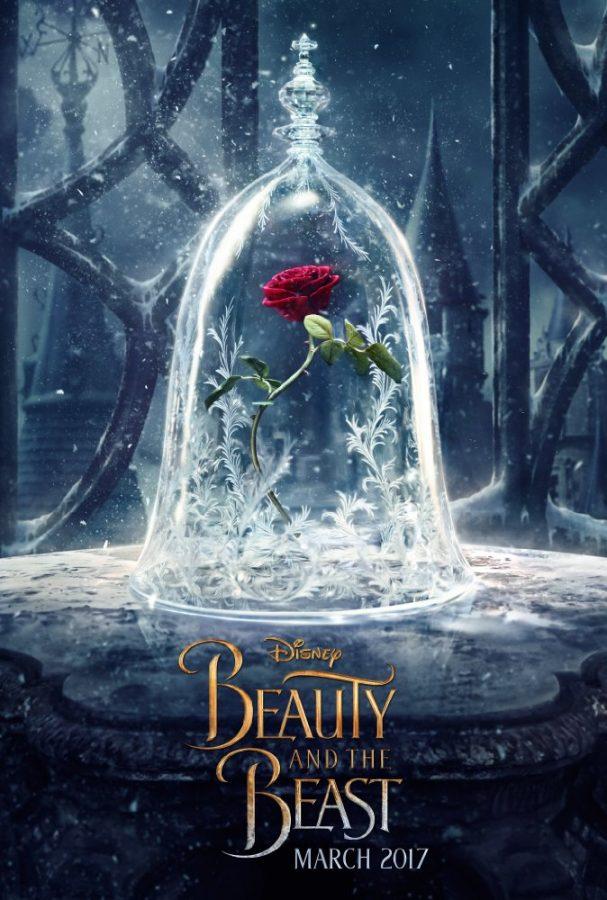There May Be Something There
March 23, 2017
These past few years have been the Disney addicts’ dream, they have gifted us with so much- from the long-awaited sequel Finding Dory, to wonderful originals like Zootopia, to the risky real-life adaptations of classics such as Cinderella.
The most recent of this surge is the live-action version of Beauty and the Beast, starring Emma Watson as Belle, Dan Stevens as the Prince, and Luke Evans as Gaston. In the grand tradition of remakes (or at least, the tradition of good remakes), the movie was true to the original, and added both to the complexity of its characters as well as dialogue that brought the film to modernity.
Spoilers ahead!
The story gives more background to both Belle’s and the Beast’s childhoods; it is revealed that Belle’s mother was killed by the plague, and her father Maurice (who’s still quirky but a little more serious than in the original) had to take Belle away from their home in Paris to a “poor, provincial town,” in order to protect her. As for Prince Adam, his mother also died when he was young, and his father raised him to be greedy, conceited, and spiteful, and his love of extravagance and scorn of anyone he believed to be beneath him led to his curse.
In a Disney first, Beauty and the Beast includes an openly gay character, Gaston’s sidekick, LeFou, who, like basically everyone else in the village, is hopelessly crushing on Gaston. However, Josh Gad (Olaf!) was able to portray more depth in LeFou’s character by eventually coming to the realization that Gaston was a real jerk (which we all knew).
Although Belle was already considered one of the most, if not the most, feminist of the classic Disney princesses because she… read books… Emma Watson worked alongside director Bill Condon to create a more realistic and independent interpretation of the bookworm. In the film, Belle is an inventor, she is well-acquainted with all of her father’s tools and trinkets, and is able to make a machine that allows the donkey to wash their clothes while giving herself more time to read. That sounds weird, but trust me, when you see it, it is genius. She also dedicates her time to teaching other young girls how to read, which the townspeople are not quite fond of.
Watson refused to wear a corset, describing it as an “impossible idea of female beauty,” and wore boots and bloomers, which made it far more practical to run (away from Gaston).
Regardless of many people saying Belle has Stockholm Syndrome, she does not. Belle refuses to dine with the Beast, asking why she would do that with her captor. She takes every chance she gets to leave. Although she comes back for the Beast each time, the reasons are not which would completely apply to Stockholm Syndrome. The first time Belle comes back, it is to deliver the Beast to the castle as he had been wounded saving her life. At this point, Belle has no affectionate feelings toward the Beast.
The second time Belle comes back, although she has feelings for the Beast, that is not the reason. She feels she must save the Beast from murder, which he does not deserve. Her actions were based on right and wrong, not the fact that she cares for her captor.
While Watson added background to Belle’s character, her execution fell a little short. Gone was the lively and spontaneous Beauty, in her place was someone more stoic; although we respect Watson’s interpretation of the role, we missed the quirkiness that made so many young girls relate to the original Belle.
